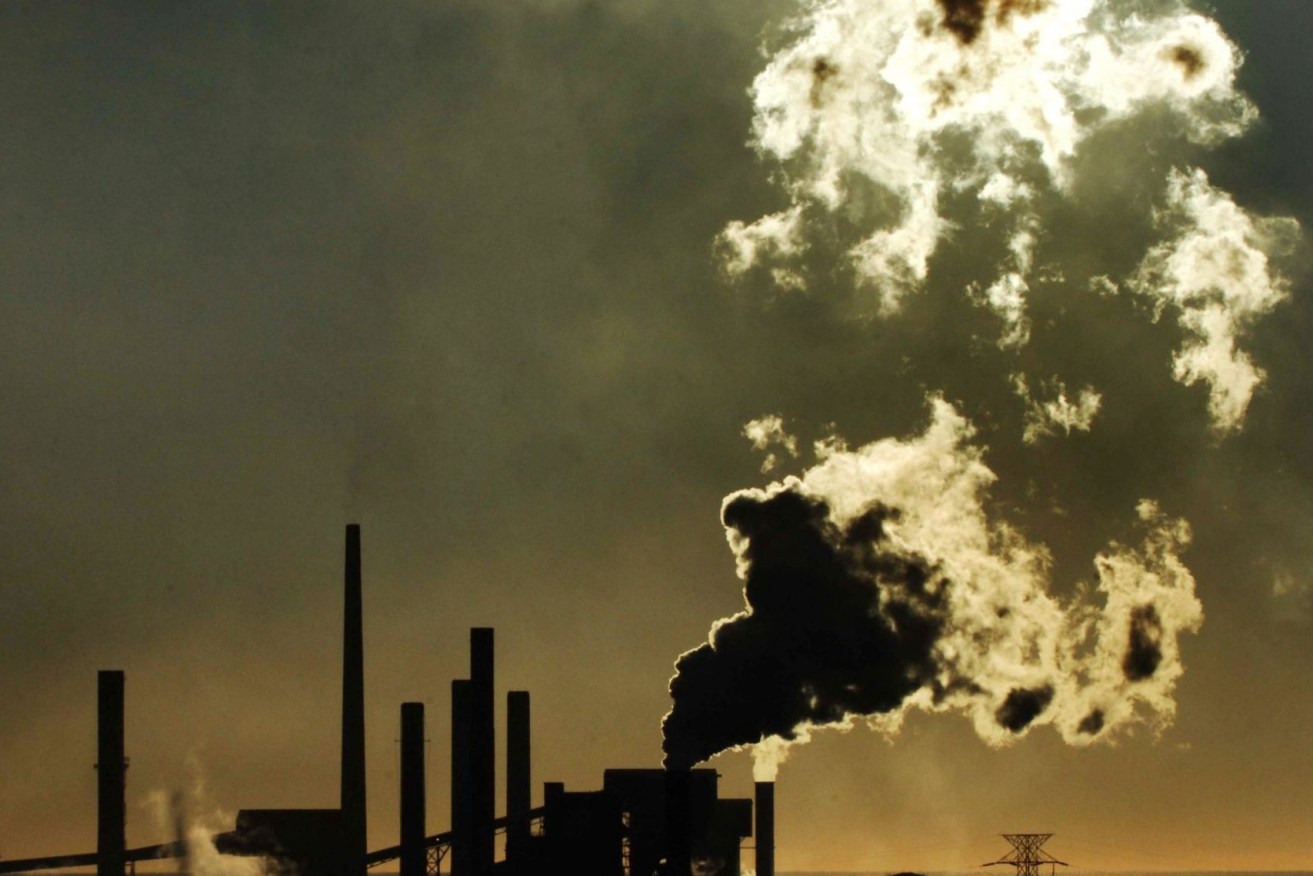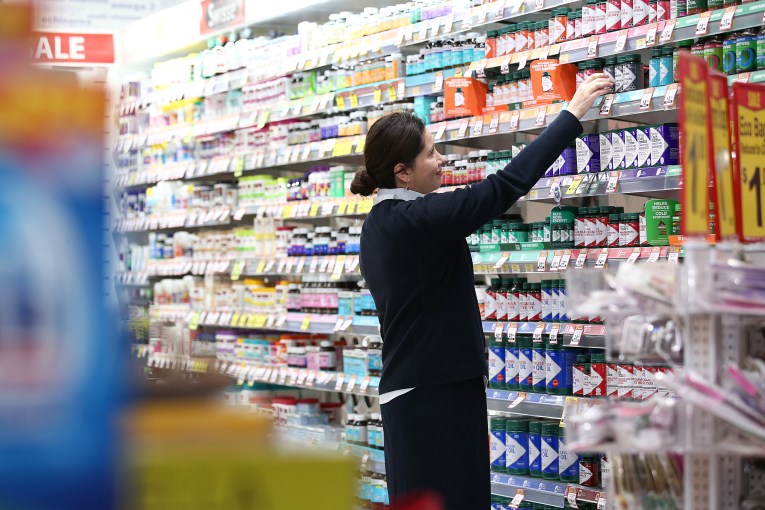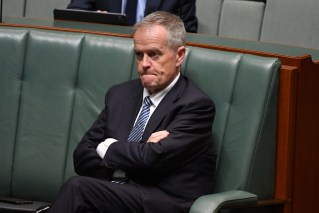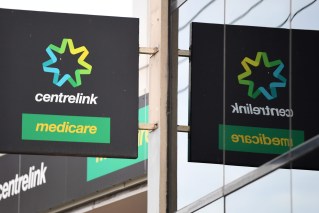Coal miners say they’ve cracked carbon capture code with $100m plan
The coal industry claims to have found the answer to carbon capture and storage and has pledged $100 million for a carbon hub in the Surat Basin.


The plan could keep fossil fuels alive (Photo: Dean Lewins/AAP)
It follows Prime Minister Scott Morrison’s proposal for $540 million in next month’s federal Budget for hydrogen hubs and carbon capture and storage projects.
The coal industry-funded Low Emission Technology Australia, previously Coal 21, has been working for more than a decade on Queensland sites to permanently store CO2 underground.
A project started by Australia’s biggest coal producer Glencore is the front runner.
Glencore’s Carbon Capture Use and Storage project is aiming to demonstrate storage on an industrial scale. If successful it would allow the Kogan Creek, Millmerran and Tarong B generators to continue to operate beyond 2050.
It has already progressed through feasibility and engineering design stages for a plant at the Millmerran power station in Queensland. It would capture 110,000 tonnes of CO2 a year and transport this some 100 kilometres to a tenement for permanent underground storage.
Appraisal wells in the Surat Basin have also been drilled as far as 2.7km below the surface.
A final investment decision is expected from Glencore this year.
Shell has also been developing carbon capture and storage at its Quest project in Canada which has been operating since 2015, but there are plenty of detractors of carbon capture and storage, which would add to the cost of energy.
Santos also said today its Moomba CCS project was ready for a final investment decision. It believes it could also produce hydrogen at Moomba for less than $2 a kilogram.
The Climate Council claims the process is unproven and expensive.
“Despite billions of dollars being spent here and overseas, no successful CCS projects exist,” it said.
“The quickest and cheapest way to reduce greenhouse gas emissions is to stop burning coal, gas and oil and replace them with renewables.”
Low Emission Technology Australia chief executive Mark McCallum said the Federal Government’s commitment announced yesterday would give greater certainty to industry, especially for projects ready to deploy.
The 2009 Nation Carbon Storage Taskforce report and the Queensland Government CO2 Storage Atlas identified the Surat Basin as a key geostorage area. The report found almost three billion tonnes of CO2 theoretical storage potential is available in the area. The Precipice Sandstone (aquifer) in the Surat Basin accounts for 1.3 billion tonnes of theoretical storage potential.
“From our work over a decade, we know that Queensland has world-class carbon storage sites capable of permanently and safely storing potentially billions of tonnes of CO2 from many sources, and LETA is willing to invest more than $100 million that will lay the foundations of a Queensland carbon hub in the Surat region,” McCallum said.
“As soon as 2023, with government and industry support, this project will be the first in Australia and only the third in the world to capture carbon emissions from a power station.”
LETA is also investing in what is known as ab Allam-Fetvedt (Allam) Cycle technology co-produces hydrogen below $2, captures its CO2, and can quickly ramp up and down just like natural gas, complementing renewable energy sources.
“CO2 storage is a necessity for the Allam Cycle and, when cofired with coal and biomass, has the potential to deliver emission reductions below zero (net negative).
“We’re very keen to bring this revolutionary technology to Australia which could help Australia meet its international climate commitments and play a significant part in our own transition, and that of our customer nations to a low-carbon economy.”
McCallum said the new government funds, combined with allowing CCUS projects to access Australian Carbon Credit Units, would help stimulate broader industry investment.
“CCUS is gaining much more interest and traction in Australia and LETA is ready to continue its partnership with governments in carbon capture and storage and hydrogen projects,” he said.
“Contrary to what is often reported, CCUS is not a technology in its infancy. It is proven, working around the world today, and becomes more affordable with every project and facility developed. We expect this trend to continue as the technology progresses in Australia.”












